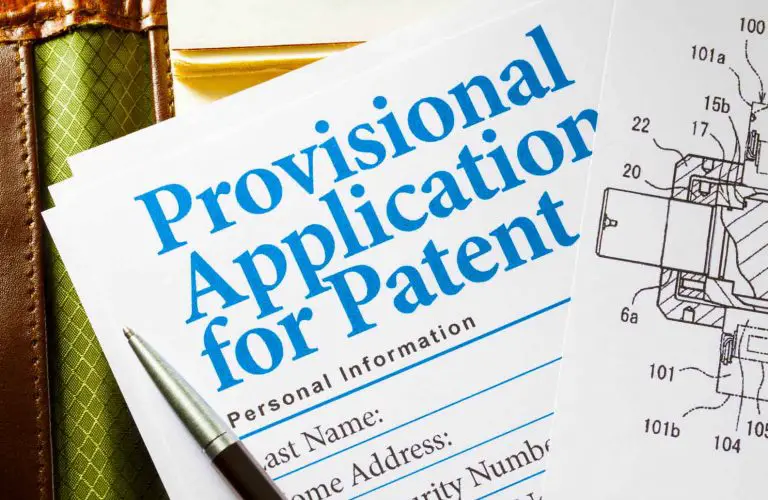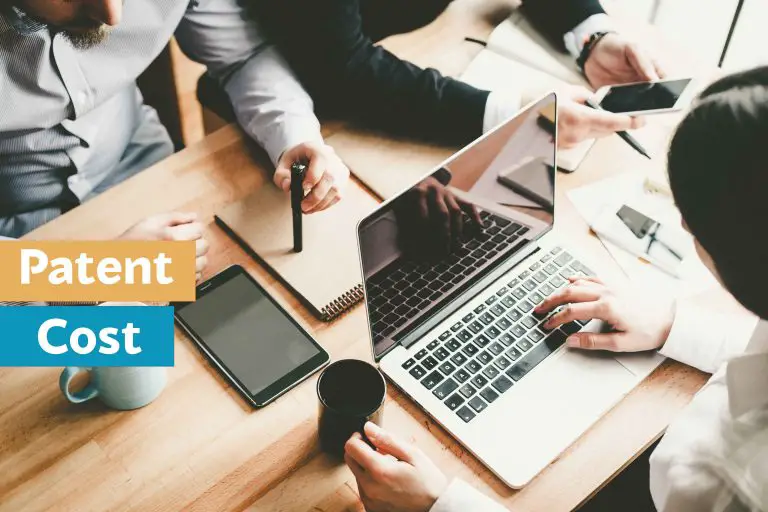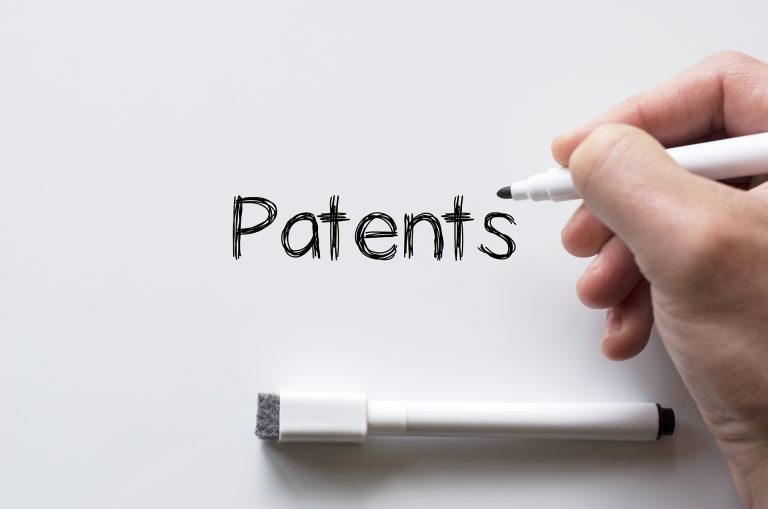Do Provisional Patent Applications Get Published?
Whether you’ve already filed a provisional application or you’re thinking about filing one, you may be wondering whether the USPTO (The United States Patent and Trademark Office) publishes provisional patent application. We will answer this question below.
Do Provisional Patent Applications Get Published?
No, the patent office does not publish provisional patent applications because they are not subject to examination like nonprovisional patent applications. However, if an applicant files a nonprovisional patent application within the 12 month grace period that claims priority to an earlier-filed provisional application, anyone can request a copy of the provisional application.
That said, provisional patent applications do not turn into patents, so for an inventor to get a patent, he must file a nonprovisional patent application or convert a provisional application into a nonprovisional application within the 12 month grace period.
If an applicant does not file a nonprovisional patent application or convert a provisional within the 12 month grace period, the provisional application is deemed to have been abandoned. Once abandoned, a provisional application will not be published and will, therefore, remain secret.
The fact that it remains secret becomes important for applicants who choose to file an additional provisional patent application. This is so because of the fact that an application remains secret, it does not constitute public disclosure of the invention. As such, if you’ve only filed a provisional application you can choose to file an additional provisional application to include changes to the invention.
That said, there are some consequences to filing a new provisional patent application. The main consequence of doing so that is that you don’t get the benefit of the early filing date of the prior provisional application.
So, if for example, someone filed a patent application for an invention that’s the same as yours before you filed the second provisional application, their invention will have priority over yours. So, that’s something you should keep in mind.
What Happens to a Provisional Patent Application If You Do Nothing?
If you simply file a provisional patent application with the patent office and you don’t file a nonprovisional application or convert it to a nonprovisional application within the 12 month grace period, your provisional application will be deemed abandoned. If your application is abandoned, it will not be published and will remain secret. So, what does publication mean? We will cover this below.
What Does it Mean For Your Provisional Patent Application to be Published?
A published patent application is one that is available for the public to see. Patent publication is not the same as a granted patent. There can be a patent application that is published while a patent is still pending and not granted. So why are patent applications published? They are published to inform the public at what is currently being patented at the patent office. Publication of a patent application creates prior art. Prior art prohibits subsequent inventors from patenting the same inventions.
Nonprovisional Patent Application
If an inventor files a provisional patent application and wants to get a patent, he must either (1) file a nonprovisional patent application that claims the benefit of an earlier-filed provisional application or (2) he must convert the provisional application into a regular, nonprovisional application. We say this because provisional patent applications never become patents.
Almost all inventors choose to file a nonprovisional patent application that claims priority to an earlier-filed provisional application to claim the early priority date. On the other hand, if an inventor chooses to file a petition to convert a provisional application, the inventor will not be able to claim the priority date of the provisional application. In this circumstance, the patent term begins at the time you convert the provisional application into a nonprovisional application.
Benefits of Filing a Provisional Patent Application Prior to Filing a Regular Patent Application
Filing Date
One of the biggest advantages of filing a provisional patent application is that it allows an inventor to reserve an early filing date for his invention. This is super important in the United States, which awards the first person to file a patent application and not the first person who invents something.
For example, if you invent a new type of nail clippers first and a second party invents the same nail clippers a year later and patents it first. The second party’s invention will have priority over yours even though you invented the nail clippers first. So, if you have an invention that could be commercially successful, contact an attorney and have them assist you with the preparation and filing of your patent application.
Less Expensive
The second reason many inventors choose to file a provisional application instead of a regular patent application is the low cost of filing a provisional patent application. Filing a provisional patent application currently starts at $70. This is attractive for many applicants who don’t have the budget to pay for nonprovisional patent application fees that start at $430.
Easier to Prepare
The third reason some inventors file a provisional patent is due to the ease of preparing a provisional patent application. Provisional applications require less information than nonprovisional applications, which require formal claims. That said, inventors should not assume that they don’t need to take the time to properly prepare a provisional application.
This is so because if you want to use the early filing date secured by a provisional application, the invention you disclose in your regular, nonprovisional application has to be the same one you described in your provisional application.
If the patent examiner looks at both application and determines that the inventions are different, he will not allow the nonprovisional application to claim the earlier filing date of the provisional application.
Extending Your Patent Term
Since applicants of provisional patents have the option of filing a nonprovisional patent application that claims priority to an earlier-filed provisional application. Doing this allows inventors to extend the patent term by up to 12 months. This is so because the patent term starts at the time of filing the nonprovisional patent application and the provisional application.
Do Provisional Patent Applications Require Drawings?
The USPTO does not require that provisional patent application include drawings, but including them is a good idea to help explain your invention and describe its scope to the patent examiner. Drawings are often worth a thousand words, so having them is, in most circumstances, beneficial and essential to having a strong provisional application. For more about this check out this article on drawings for provisional patents.
Can You Ammend a Provisional Patent Application?
A provisional patent application can be amended, however, an applicant cannot add new matter to what the applicant initially disclosed. Basically, you cannot add any new improvements to your invention to your patent application.
If you have anything new that you want to add, you can either (1) add it in your nonprovisional patent application, but it will most likely not get the benefit of the early filing date of the provisional. The second option (2) you can file a new provisional patent application that includes the improvements and/or changes to the invention and your priority date will be the date of filing the new provisional patent application. For more great information on amending a provisional patent application, check out this awesome article.
Does a Provisional Patent Application Need Claims?
A provisional patent application does not need to include formal patent claims. In fact, many inventors choose to file them because of the fewer requirements to prepare a provisional application. That said, inventors should spend the time to thoroughly and completely describe the invention for which they want to obtain a patent.
As mentioned previously, the description in a provisional application may become super important later down the road, especially if someone files a patent application for the same invention after you’ve filed your provisional application. Check out this great and informative article on including patent claims in a provisional patent application.
Does a Provisional Patent Application Get Published?
By now, it should be apparent that a provisional patent application is not published and remains secret at the patent office. Just remember, to obtain a patent, an inventor must either file a nonprovisional patent application or convert his provisional application into a nonprovisional application within 12 months of filing a provisional application with the patent office. If you have any general questions or comments, please feel free to leave them in the comments section below.








